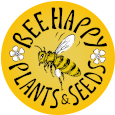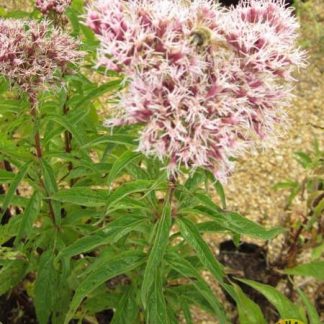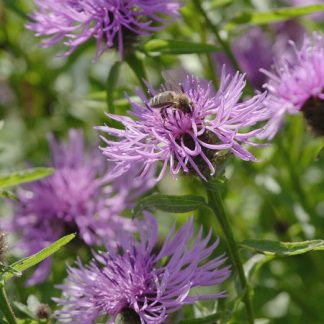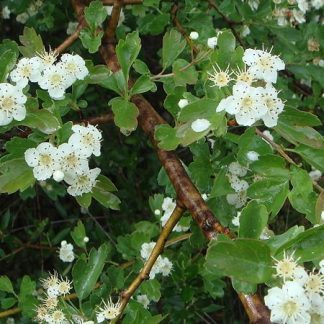Description
Orobanchaceae (Family name)
Forage for Pollinators: Nectar is produced which is most easily accessed by Long-tongued Bumblebees; Short-tongued Bumblebees puncture holes at the base of the flower tube to access the nectar, and Honeybees will take advantage of these holes (termed ‘secondary robbing’). Pollinated by bees.
Flowering time: May, June, July, August.
Growing information: NATIVE ANNUAL WILDFLOWER growing to 0.5m (20inches). Prefers grassland without aggressive or tussocky grasses (such as rye, oat-grass, couch) – and which is grazed or cut sometimes. Wildflower meadow mix (with its finer grasses) is suitable for sowing this into, as is finer lawn grass. If you wish to use Yellow Rattle for its well-known parasitizing of the roots of other meadow plants, especially grasses and legumes, it will in time over a couple of years or more, kill off many grasses, and die off itself in winter, making way for other wildflowers. In farming, it was considered a serious pest as it could reduce a hay meadow by as much as 50%. However, it has much charm and usefulness, becoming known for semi-clearing of lawns to make way for sowing wildflowers; this is a long-winded way to create a wildflower meadow, but makes it possible without any machinery (if the grass is not too aggressive).
Must be sown between August and December as the seed needs winter chilling to break its dormancy. Will germinate the following February. Sowing rate: 1g/1 m2.





